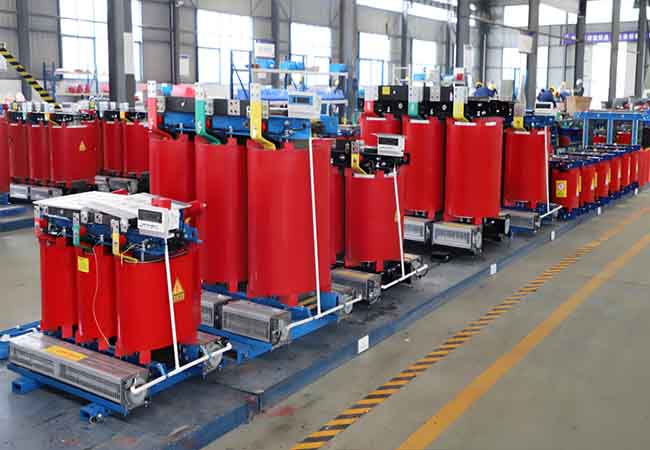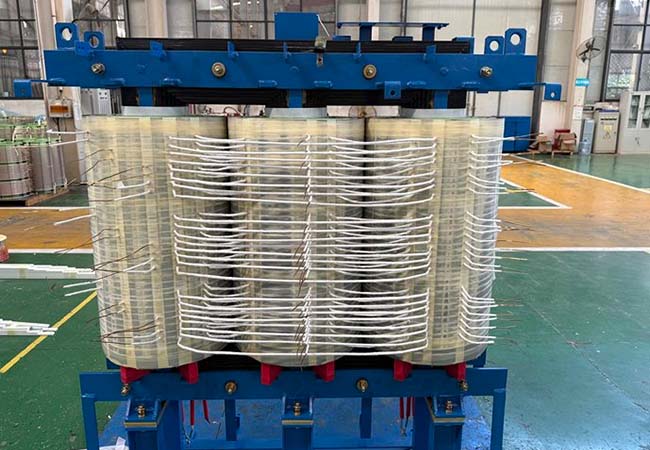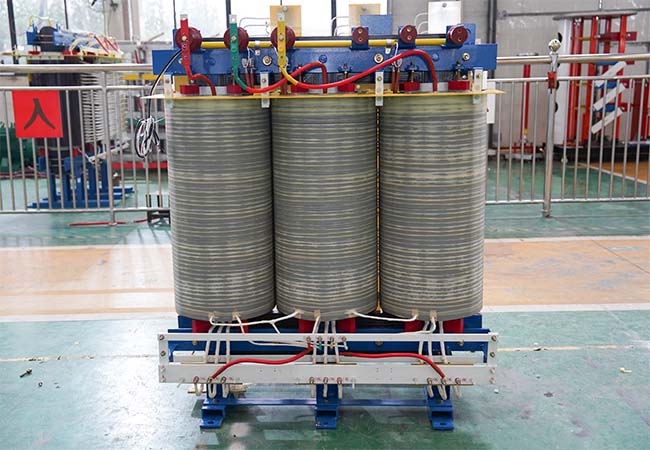Selection of 2500kVA Step-up Transformers in 2MW Photovoltaic Power Plants
04-16 2025 | By:
Selection of 2500kVA Step-up Transformers in 2MW Photovoltaic Power Plants
Introduction
Photovoltaic (PV) power plants play a critical role in renewable energy systems, and efficient power conversion is essential for maximizing their output. In 2MW PV installations, the choice of a 2500kVA step-up transformer is a common practice due to its optimal balance of capacity, efficiency, and compatibility with grid requirements. This article explores the technical and operational rationale behind this selection.

2500kVA Step-up Transformers
Technical Parameters and Design Considerations
-
Capacity Matching
A 2MW PV system typically generates a nominal power output of 2000kW. However, transformers must account for reactive power losses and transient loads. A 2500kVA transformer provides a 25% safety margin, ensuring stable operation under varying irradiance and temperature conditions . -
Voltage Transformation
PV panels produce low-voltage DC electricity (e.g., 380V–1140V), which must be converted to high-voltage AC (e.g., 10kV) for grid integration. A 2500kVA transformer with a configuration like 10.5kV/0.8kV efficiently elevates voltage while minimizing transmission losses . -
Efficiency and Reliability
Modern 2500kVA transformers, such as SCB14 or SCB13 models, achieve over 90% efficiency through advanced core materials (e.g., silicon steel) and cooling designs. Their compact, weather-resistant construction ensures durability in harsh environments like deserts or coastal regions .
Operational Advantages
-
Grid Compatibility
The 10kV output aligns with medium-voltage distribution standards, enabling seamless grid connection without additional intermediate transformers . -
Scalability
A 2500kVA transformer supports future expansion of the PV plant, accommodating potential capacity upgrades without replacing the transformer . -
Cost-Effectiveness
While initial costs may be higher than smaller units (e.g., 2000kVA), the 2500kVA option reduces long-term operational expenses by minimizing energy losses and downtime .
Market Trends and Case Studies
- Global Adoption: Projects in the U.S., China, and Europe widely use 2500kVA transformers in 2MW PV plants due to their proven performance in remote and high-temperature areas .
- Manufacturer Insights: Leading brands like ZTelec Zhong Tian Yu Guang emphasize customization for 2MW systems, offering tailored solutions for voltage ranges (e.g., 10.5kV/0.8kV) and environmental conditions .

outdoor dry type transformer
Future Developments
Emerging trends focus on high-efficiency materials (e.g., amorphous core transformers) and smart monitoring systems to further optimize transformer performance. Additionally, hybrid designs integrating energy storage may become standard in future PV systems .
Conclusion
The 2500kVA step-up transformer is a pragmatic choice for 2MW PV plants, balancing capacity, efficiency, and grid requirements. Its widespread adoption underscores its role as a cornerstone of modern renewable energy infrastructure.
References
You may also find these interesting:


